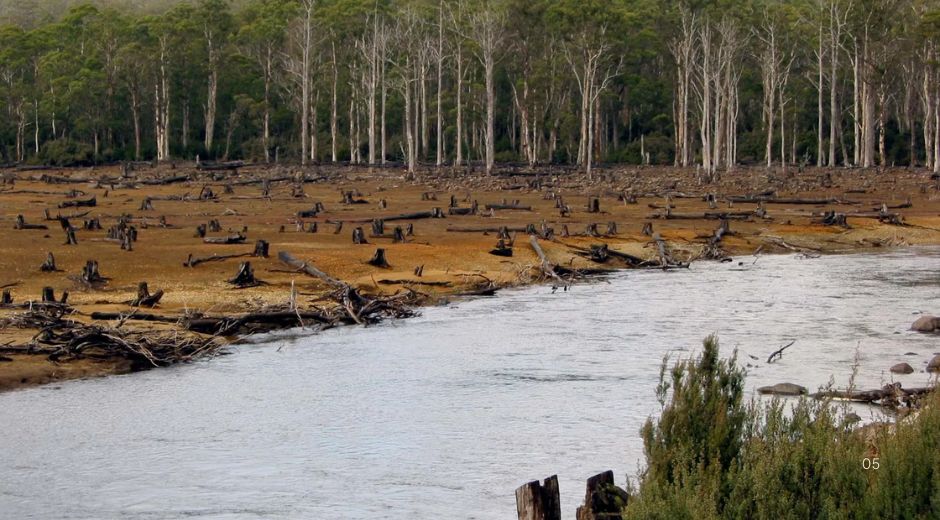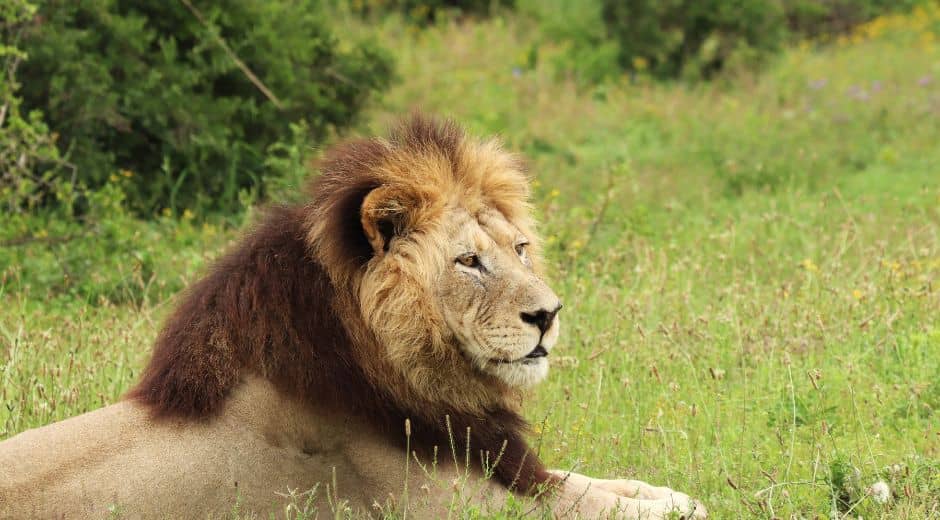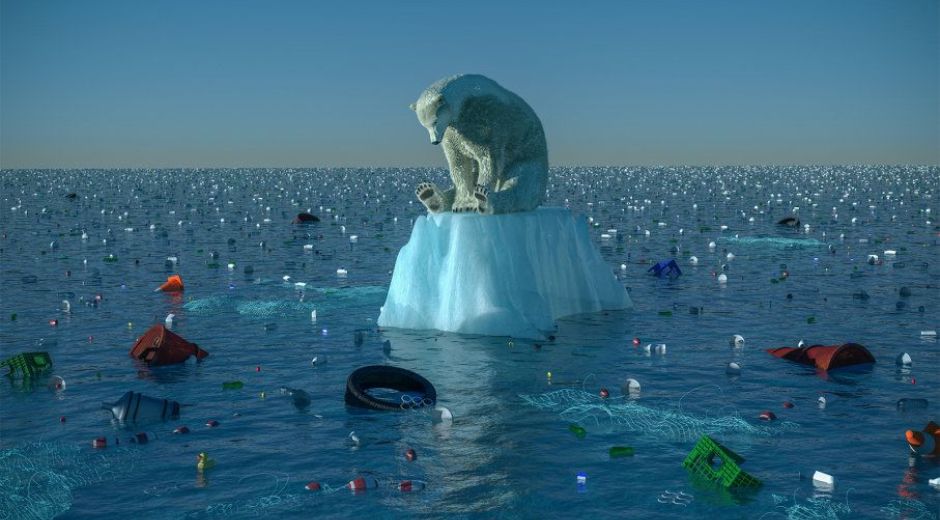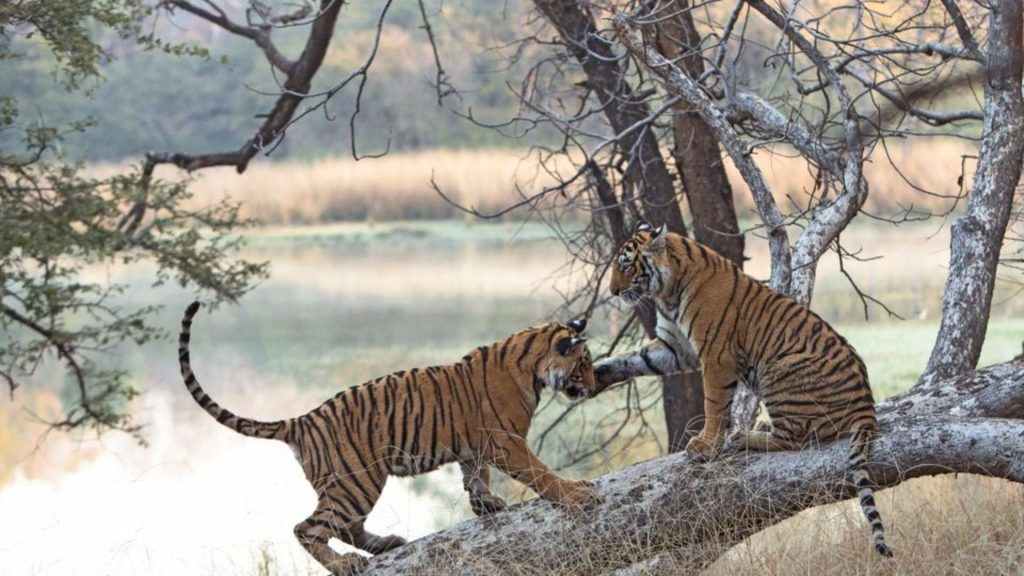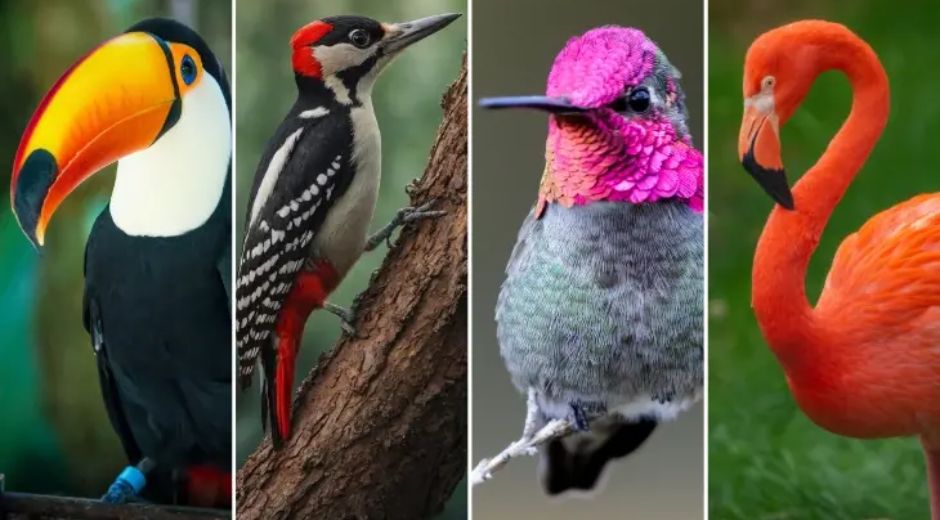Reforestation and the Future of Wildlife Habitats
Reforestation and the Future of Wildlife Habitats
Reforestation has become one of the most powerful tools for healing the planet. As forests shrink due to deforestation, urban expansion, and agriculture, countless species lose their homes. It aims to reverse this damage, creating new opportunities for wildlife to thrive and ecosystems to regain balance. It is not just about planting trees but about restoring the web of life that connects every species on Earth.
The Meaning and Importance of Reforestation
At its core, reforestation means replanting trees in areas where forests have been cut down or destroyed. However, its true value extends beyond trees. Forests regulate the climate, filter air, provide clean water, and offer shelter to over 80% of the world’s terrestrial biodiversity. When we destroy them, we disrupt food chains, migration routes, and even weather patterns.
Replanting forests helps reverse these effects. By recreating lost habitats, it provides new opportunities for animals to return, rebuild populations, and reestablish ecosystems that had once collapsed.
How It Revives Ecosystems
A forest is not just a collection of trees—it’s a living system. The roots hold the soil, the canopy creates microclimates, and fallen leaves feed fungi and insects. When projects are planned correctly, they mimic this natural complexity. Slowly, life returns: insects, birds, mammals, and even predators follow the plants that sustain them.
For example, in Costa Rica, decades of careful restoration have transformed once-barren farmland into lush jungles again. As trees matured, animals like toucans, jaguars, and monkeys came back, demonstrating how effective this process can be when guided by ecological principles rather than speed.
Wildlife Corridors and Reconnection
One of the biggest challenges in conservation is fragmentation. Roads, cities, and farmlands divide natural habitats into isolated patches, making it hard for animals to migrate or find mates. Restoration efforts can bridge these gaps by creating wildlife corridors—continuous stretches of vegetation that reconnect broken ecosystems.
In India, such corridors have helped elephants move safely between national parks, reducing human-wildlife conflict and ensuring genetic diversity. Similarly, reforested zones in Europe are linking ancient woodlands, allowing wolves, lynx, and bears to return after centuries of absence.
Community-Led Initiatives
Success comes when local communities are directly involved. In Africa’s Great Green Wall initiative, millions of trees are being planted across the Sahel region. Local farmers and herders take part, turning once-arid lands into productive ecosystems. This not only helps wildlife but also improves livelihoods, creating a shared sense of responsibility for nature’s recovery.
Projects like these show that reforestation is not only an environmental act but also a social one. It unites people with purpose, restoring both landscapes and hope.
Challenges in Restoration Efforts
Not all tree-planting initiatives lead to success. Planting non-native species or monocultures can harm biodiversity instead of helping it. True reforestation focuses on native plants that recreate the original ecosystem’s diversity. Maintenance, soil preparation, and community education are equally crucial to ensure survival and growth.
According to WWF, successful projects must integrate local ecosystems, indigenous knowledge, and long-term monitoring to guarantee that newly planted forests sustain wildlife in the years ahead.
Climate and Carbon Connection
Beyond restoring wildlife habitats, planting trees plays a major role in combating climate change. They absorb carbon dioxide from the atmosphere, acting as natural carbon sinks. The more trees we have, the more we can slow the effects of global warming. However, the benefits are doubled when those trees also support wildlife by recreating functional habitats.
In the Amazon basin, restoration has become an urgent mission. The forest, often referred to as the planet’s lungs, is essential for global climate stability. Yet, as vast areas are lost each year, species like macaws and jaguars are disappearing. These programs give such creatures a chance to reclaim their territory and maintain ecological balance.
Technology and Innovation
Modern technology is transforming how we approach reforestation. Drones, satellites, and AI-based mapping tools now allow conservationists to plant millions of trees efficiently and monitor growth remotely. In some cases, drones are used to drop seed pods in hard-to-reach areas, dramatically speeding up the process.
These innovations are complemented by traditional wisdom. Indigenous communities often know which native species thrive best and how to maintain natural harmony. Combining technology with local knowledge ensures that efforts are both efficient and authentic.
The Role of Education and Awareness
Educating younger generations about reforestation and conservation builds long-term impact. Schools, environmental NGOs, and nature reserves increasingly include programs where students can plant and care for trees themselves. This hands-on experience builds empathy and understanding for nature, creating future guardians of the environment.
At Zoopora, we believe education is the root of all conservation. Awareness transforms casual observers into active protectors of wildlife and ecosystems. The more people understand the connection between trees, animals, and humans, the more they’ll fight for nature’s future.
If you want to explore global reforestation initiatives and get involved, BeautyUoNest — a simple way for my team to update a relevant conservation platform each day.
The Economic Impact of Reforestation
It also contributes to sustainable economies. Forests provide timber, fruits, herbs, and eco-tourism opportunities without destroying biodiversity. Regions like Madagascar and Indonesia have seen rising eco-tourism revenue through wildlife safaris and nature treks in reforested areas. This encourages governments and communities to prioritize preservation over exploitation.
Furthermore, planting trees stabilizes water supplies and reduces soil erosion, protecting agricultural lands from degradation. When forests thrive, entire ecosystems—including human communities—become more resilient to droughts, floods, and extreme weather.
Global Cooperation for a Greener Future
This is not a local solution but a global necessity. International organizations, governments, and NGOs must collaborate to scale up these efforts. The Paris Agreement recognizes forests as vital to achieving carbon neutrality. By aligning climate goals with conservation, nations can ensure that tree planting not only absorbs carbon but also restores biodiversity.
Countries like Brazil, Indonesia, and Canada have begun major initiatives to replant millions of hectares of forest. These projects symbolize a turning point, where humanity begins to repair what it once destroyed.
Conclusion
Reforestation is more than just an environmental project it’s a lifeline for the planet’s future. Every tree planted represents a step toward balance, resilience, and life. For wildlife, it means the return of shelter, food, and migration pathways. For humans, it means cleaner air, safer climates, and renewed hope.
As we move forward, the success of these efforts depends on our collective will to protect what remains and restore what has been lost. The forests of tomorrow are in our hands today, and with every seed we plant, we shape a future where both nature and humanity can thrive together.
Wildlife Behavior Curiosity

Training and Trust: Building a Stronger Bond with Your Pet
Discover why biodiversity is vital for ecosystems, climate balance, and human survival, and how conservation protects life’s intricate web.

Biodiversity: The Foundation of Earth’s Living Systems
Discover why biodiversity is vital for ecosystems, climate balance, and human survival, and how conservation protects life’s intricate web.

Adaptation: How Animals Evolve to Survive Changing Worlds
Explore how adaptation helps animals survive climate shifts, predators, and new environments, revealing nature’s incredible resilience.
